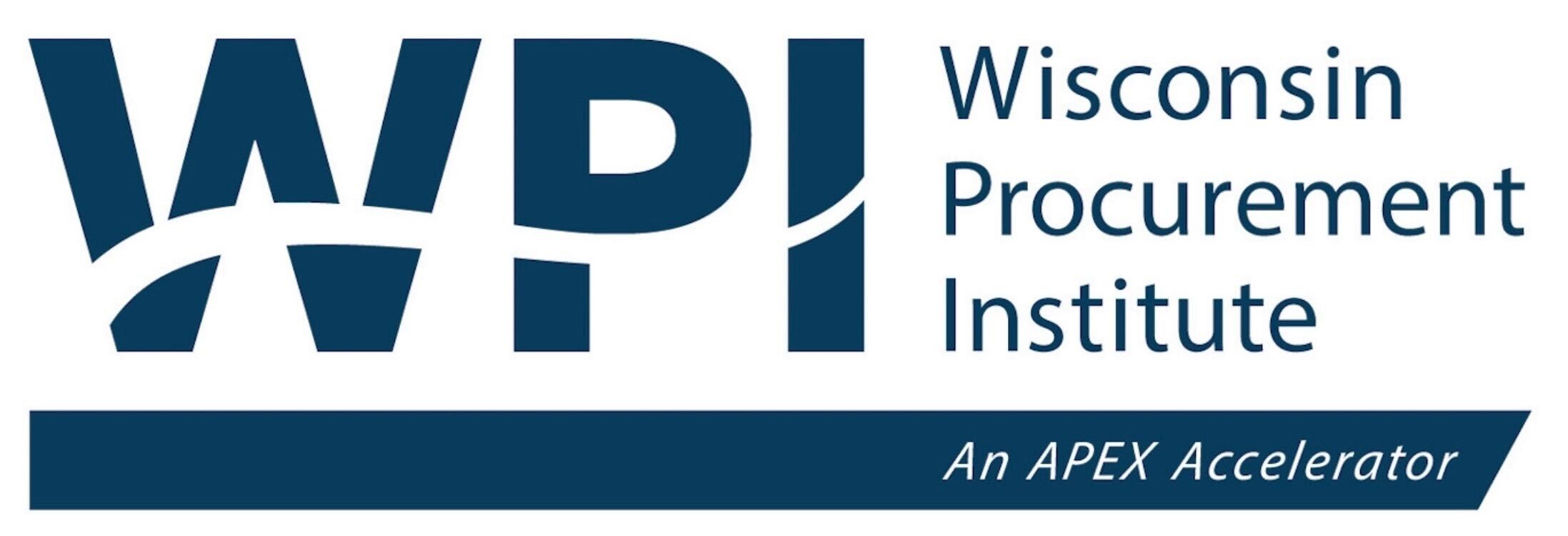Federal Small Business Certifications
The federal government offers several small business ownership certifications. Wisconsin Procurement Institute staff is able to help provide more information about these programs, help you decide whether they are a fit for your business, and assist you in applying.
Agency contracting goals instruct certain federal agencies in how much of their contracting dollars should be awarded to small businesses. The SBA is responsible for ensuring the government-wide goal for participation of small businesses is established annually at the statutory levels, and that the reporting agencies’ achievements are relative to the goals. More specific information is available here. Updated February 25, 2025.
Effective August 5, 2024, this direct final rule contains amendments to the regulations governing the U.S. Small Business Administration’s (SBA) Veteran Small Business Certification (VetCert) Program. The SBA is revising its regulations to implement a provision in the National Defense Authorization Act for Fiscal Year 2024 (NDAA 2024), which eliminates self-certification for service-disabled veteran-owned small businesses that are awarded Federal Government contracts or subcontracts that count towards agency or subcontracting goals This direct final rule amends SBA’s regulations to carry out the changes made by NDAA 2024. Click here for the direct final rule.
Small Business The Small Business Size Standard, determined by the Small Business Administration (SBA), defines the maximum size a business can be to qualify as “small” for federal contracting and other SBA programs, and it varies by industry based on either average annual receipts or the number of employees. There is no formal certification process. You are able to self-certify as a small. The table of size standards can also be found online in the small business size regulations set forth in the Electronic Code of Federal Regulations(Link is external)
Historically Underutilized Business Zone (HUBZone) This program encourages economic development in historically underutilized business zones (HUBZones) through the establishment of preferences. SBA’s HUBZone program is in line with the efforts of both the Administration and Congress to promote economic development and employment growth in distressed areas by providing access to more federal contracting opportunities. A HUBZone map, application and more specific information is available at www.sba.gov/hubzone.
8(a) Business Development Program Businesses that participate in the program receive training and technical assistance designed to strengthen their ability to compete effectively in the American economy. Small business development is accomplished by providing various forms of management, technical, financial, and procurement assistance.
Small Disadvantaged Business (SDB) Eligibility requirements include: The firm must be 51% or more owned and control by one or more disadvantaged persons; the disadvantaged person or persons must be socially disadvantaged and economically disadvantaged; the firm must be small, according to SBA’s size standards. Additional information can be found here.
Veteran and Service-Disabled Veteran Owned Small Business Certification allows SDVOSB firms the opportunity to compete for sole-source and set-aside contracts across the federal government. Certified VOSBs may also compete for sole-source and set-aside contracts from the VA and participate in the Vets First Contracting Program. The Vets First Contracting Program requires that the VA first seek VOSBs and SDVOSBs for contracting opportunities with the VA. Learn more about the Government-wide veteran contracting programs at www.sba.gov.
Woman and Economically Disadvantaged Woman Owned Small Business Joining the WOSB Federal Contract program makes a business eligible to compete for federal contracts reserved for the program’s certified participants. These contracts are known as “set-asides.” WOSB entities must qualify as small under one of the NAICS codes from the SBA and be at least 51% owned, controlled by women who are U.S. citizens, and have women manage day-to-day operations who also make long-term decisions. To additionally qualify as an economically disadvantaged woman owned small business (EDWOSB), a business must meet economically disadvantaged criteria as set forth by the U.S. SBA. EDWOSB entities may qualify for additional set-aside opportunities.
If you have questions about or need assistance with information on this webpage, WPI staff is available to assist. If you are a returning client, contact your counselor directly. If you are a new client, please register by clicking here.
